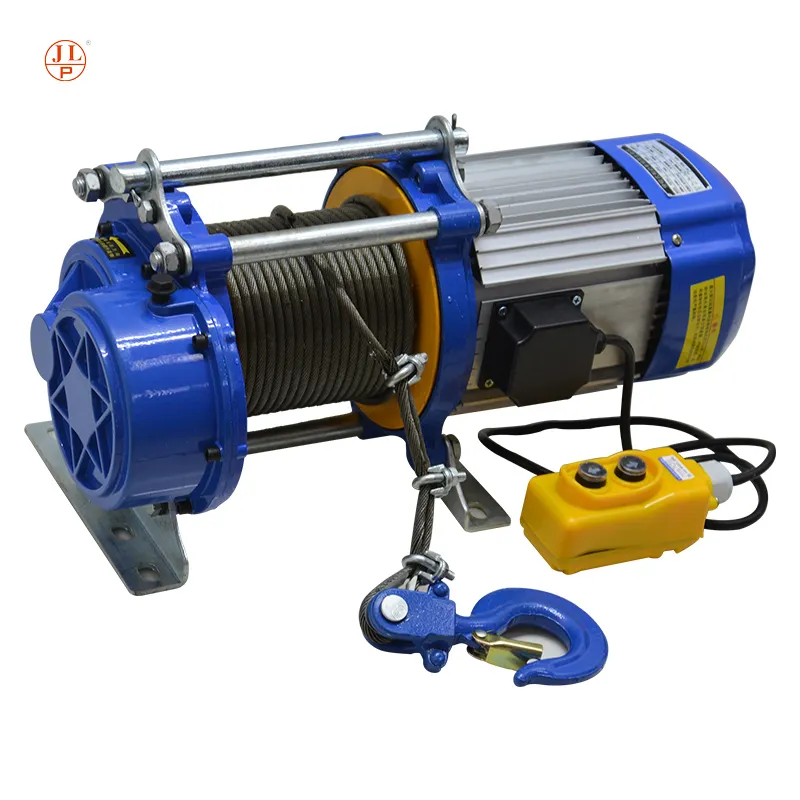


The Chain Block Hoist An Essential Tool for Heavy Lifting
In the world of construction and industrial operations, the efficient movement of heavy materials is a crucial factor that can significantly affect productivity and safety. One of the most effective tools for this purpose is the chain block hoist. This mechanical device, also commonly known as a chain hoist or block and tackle, is designed to lift heavy loads with minimal physical effort, making it an invaluable asset in various applications.
What is a Chain Block Hoist?
A chain block hoist is a device that employs a series of pulleys and chains to lift, lower, and move heavy loads. It consists of a lifting mechanism that allows users to manually pull a chain in order to lift a load, while the weight is distributed evenly across the pulleys. This mechanical advantage reduces the amount of force required to lift heavy objects, making it easier for workers to handle materials that would otherwise be too cumbersome or hazardous.
How Does it Work?
The operation of a chain block hoist is relatively straightforward. When the user pulls down on the chain, the motion is transmitted through the pulley system, which causes the attached load to rise. The gear mechanism inside the hoist multiplies the force applied, allowing an individual to lift significantly heavier loads than they could manage through direct lifting alone. When it comes time to lower the load, the user can simply reverse the action, allowing the chain to unwind slowly and safely.
Applications of Chain Block Hoists
Chain block hoists are utilized in a wide range of industries, including construction, manufacturing, mining, and even in warehouses for material handling. They are particularly beneficial in scenarios where heavy machinery is impractical or where space is limited. For instance, in construction sites, chain block hoists can enable workers to raise heavy beams, panels, or equipment to heights where cranes may not be able to operate efficiently.

In manufacturing plants, these hoists are often used to move heavy components along assembly lines or into position for further assembly or inspection. In the mining sector, they play a vital role in lifting raw materials or tools to and from underground sites.
Advantages of Using Chain Block Hoists
One of the primary advantages of chain block hoists is their simplicity and reliability. Unlike electric hoists that require a power source, chain hoists can function in remote areas where electricity may not be available. Furthermore, they are typically more cost-effective than powered lifting devices, making them an attractive option for businesses on a budget.
Additionally, chain hoists require relatively low maintenance. Durable materials used in their construction provide resistance to wear and tear, ensuring longevity and consistent performance in demanding environments.
Safety Considerations
While chain block hoists offer numerous benefits, safety should always be a top priority when operating these devices. Workers must be trained in proper lifting techniques and the specific operating procedures of the hoist to prevent accidents. Regular inspections and maintenance are also crucial to ensure that the hoist remains in good working condition and to avoid potential malfunctions.
Conclusion
In summary, chain block hoists are indispensable tools in the heavy lifting domain. Their ability to efficiently lift substantial loads with minimal physical effort makes them ideal for various industrial applications. By adhering to safety standards and operating procedures, businesses can leverage the full potential of chain block hoists, thus enhancing productivity and ensuring a safer work environment. As the demand for efficient lifting solutions grows, the relevance of these versatile devices remains ever strong.



